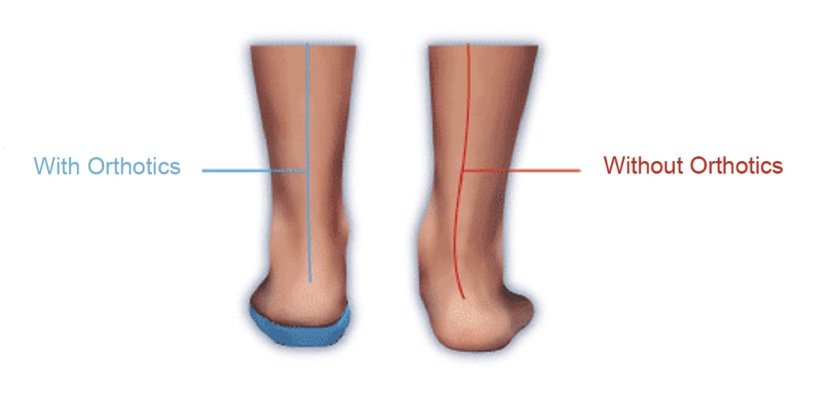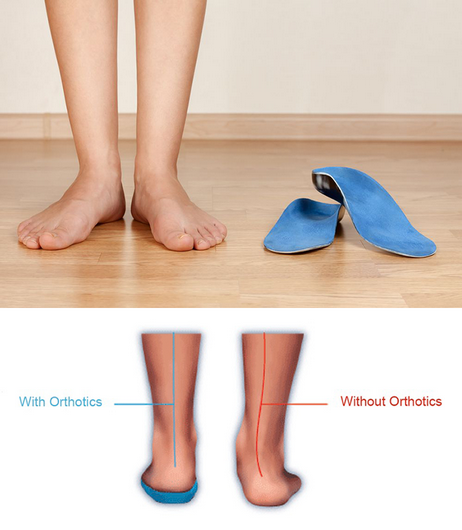Men's and Women's Ski Boots Fit Louisville CO
Men's and Women's Ski Boots Fit Louisville CO
Blog Article
Basics of Ski Boot Architecture and Fit Thornton CO
Boot fitting for ski racing is an essential facet of the game, enjoying a major role in performance and comfort. A well-fitted boot can improve management, precision, and overall enjoyment on the slopes. Ski racing requires the skier to exert immense pressure on their boots, making the right fit a critical element in attaining optimum performance.
The process of boot fitting involves several intricate steps, beginning with understanding the skier's foot shape and size. Every foot is unique, and numerous manufacturers have completely different last widths, heel shapes, and instep heights. A trained boot fitter will take precise measurements, making certain that the skier's foot is accurately represented in the selected boot model.
Once the measurements are obtained, the subsequent stage is the number of boots that align with the skier's ability level and racing targets. For novice racers, a softer boot could provide some forgiveness and comfort. In distinction, extra superior racers typically require stiffer models that facilitate higher power transfer for heightened control, notably at high speeds.
After choosing the proper boot, the fitting process actually begins. This is the place the boot fitter meticulously focuses on making a personalized fit, usually known as "shell fitting." The boot is tried on with out the liner, permitting the fitter to evaluate how the shell of the boot contacts the foot. Gaps or pressure points may be recognized simply at this stage, with the objective being to get rid of any areas that would result in discomfort over time.
Master Boot Fitting Techniques Firestone CO
Heat molding is considered one of the most important components of boot fitting. This entails heating the liner and typically even the shell, permitting it to mold across the skier’s foot. A properly molded liner hugs the foot snugly, providing both warmth and luxury. This heat can forestall chilly ft during long days on the slopes, a difficulty that many racers face.
While heat molding is essential, so is making fantastic changes during the fitting. Often, minor tweaks such as footbeds or insoles could also be necessary. A customizable footbed can considerably improve fit, cushioning, and general support. It can even enhance alignment, which is prime for minimizing fatigue and sustaining management during high-speed runs.
Signs You Need a Boot Fitting Northglenn CO
It’s necessary to suppose about the flex index of the ski boots. Various producers price flex differently, however typically, junior racers require a softer flex to advertise mobility and flexibility as they're still developing skills. More superior rivals often opt for a stiffer flex that translates into higher power transmission and responsiveness when carving turns.
Another consideration in boot fitting for ski racing is the stance alignment. Proper alignment of knees, hips, and ankles is essential for environment friendly vitality switch and preventing accidents. The boot fitter will assess this alignment and make changes, if necessary, to ensure that the skier is in one of the best place for performance.
Ski Boot Maintenance for Continued Fit Superior CO
The function of socks can't be overlooked in terms of boot fitting. Specialized ski socks, usually manufactured from materials designed for moisture-wicking and insulation, play a vital function in maintaining warmth. Additionally, they may help reduce friction inside the boot itself, decreasing the likelihood of blisters throughout prolonged durations of skiing.
Communication between the skier and the boot fitter is crucial throughout the fitting process. Skiers ought to voice any discomfort or pressure points they could really feel, allowing the fitter to deal with these issues immediately. This back-and-forth helps guarantee the final product will meet the skier's particular needs and preferences.
Exploring Customization Options for Fit Arvada CO
Finally, attempting the boots on the snow is irreplaceable. An initial fitting can really feel great within the shop, but snowboarding puts a unique set of demands on the boots. If a skier can, they want to test the fit on a apply run or coaching course to confirm comfort and performance. This real-world testing helps to determine minor adjustments that could not have been obvious during the fitting.
In conclusion, boot fitting for ski racing is a meticulous and personalised process that tremendously impacts a skier’s performance. The proper fit enhances comfort, ensures management, and minimizes the risk of harm. By investing time and attention into discovering the right boots, racers can give consideration to what they love most – the thrill of the race.
The collaboration between the skier and the boot fitter is crucial in navigating this complicated journey. A good fit not solely improves performance but in addition fosters enjoyment within the sport. Through quality fitting, attention to element, and customized adjustments, skiers can make essentially the most of their racing experience and attain their full potential on the slopes.
- Precise measurements of foot size and width are essential for attaining a comfortable fit, minimizing movement that can have an result on performance during races.
- Ski boot liners should be heat-molded to make sure a custom fit, permitting for enhanced comfort and improved energy transfer to the ski.
- The flex rating of a ski boot ought to match the athlete's skiing type, with stiffer boots really helpful for superior racers who require better control at high speeds.
- Ankle and heel hold is essential; fit specialists usually employ various techniques to make sure these areas are securely locked in place.
- Proper alignment of the boot cuffs can significantly impact balance and edge management, making it important for racers to have well-adjusted cuff positioning.
- The tongue of the boot should ideally provide consistent pressure across the instep, stopping discomfort and enhancing responsiveness.
- Using footbeds or custom insoles can enhance foot assist, offering higher stability and lowering fatigue during long races.
- Attention to vent placement is important; enough ventilation helps regulate temperature, preventing numbness or discomfort during runs.
- Evaluating the skier's method and stance can guide specific boot adjustments, tailoring the fit to reinforce total performance on the racecourse.
- Consistent follow-up changes post-fitting may help handle any discomfort that may arise during training, making certain peak performance during competitions.undefinedWhat is boot fitting for ski racing?
Understanding Boot Layout and Fit Thornton CO
Boot fitting for ski racing is the method of customizing ski boots to make sure optimum fit, comfort, and performance on the slopes. It involves adjusting varied components to boost your snowboarding experience and achieve more efficient energy switch.

Why is correct boot fitting important for ski racing?
Understanding Pressure Points in Ski Boots Wheat Ridge CO
Proper boot fitting is crucial for ski racing as a outcome of it permits for better control, responsiveness, and luxury. A well-fitted boot may help stop accidents and enhance overall performance by ensuring that skiers can keep proper method and stability.
How do I know if my ski boots fit correctly?
You can determine if your ski boots fit accurately by checking for a snug fit with out pressure points. Boot Mechanics in Ski Boot Fitting Arvada CO. When buckled, your toes should slightly brush the front of the boot, and there ought to be minimal motion of your heel. A certified boot fitter can also conduct knowledgeable evaluation
Boot Fit Testing Before Purchase Erie CO
What customizations could be accomplished in the course of the boot fitting process?
Customizations during the boot fitting process can include heat molding liners, adjusting buckles, adding custom footbeds, and modifying the shell. Each adjustment is tailored to accommodate your unique foot shape and snowboarding type, enhancing comfort and performance.
How long does the boot fitting process take?
Boot Fit Calculators and Tools Arvada CO
The boot fitting process typically takes anyplace from 1 to 3 hours, relying on the extent of customization wanted. This timeframe permits for thorough evaluations, changes, and testing to make sure the absolute best fit.
Can I ski instantly after getting my boots fitted?
It's advisable to permit some time to break in your newly fitted boots before heading out to ski. While you'll have the ability to definitely attempt them on and stroll round in them, snowboarding with them for a couple of hours helps guarantee they settle into the fit and enhance comfort.
How often ought to I get my ski boots fitted?
Bootfitting 101: Sizing Overview Longmont CO
It's really helpful to get your ski boots fitted each few seasons or whenever there are noticeable changes in your foot shape, discomfort arises, or if your snowboarding type changes significantly. Regular evaluations help maintain the best fit and performance.
What should I bring to a boot fitting appointment? (Custom Boot Fitting Recommendations Nederland CO)
For a boot fitting appointment, put on or deliver the socks you usually ski in, as they'll have an effect on fit. Additionally, consider bringing any current ski gear, such as your skis and bindings, to help the fitter assess your complete setup.
Common Questions About Boot Fitting Arvada CO
Are there particular concerns for girls or racers with distinctive foot shapes?

Yes, women and racers with unique foot shapes may need specialized boots or custom modifications. Women's ski boots often have different flex patterns and shapes, while distinctive foot shapes would possibly require custom footbeds or shell modifications for optimum performance.
What if I expertise discomfort after my boot fitting?

If you expertise discomfort after your boot fitting, it is important to return to your fitter. They can assess the problems and make essential changes (The Fitting Process for Ski Boots Westminster CO). Addressing discomfort early on can stop performance issues and improve your snowboarding expertise
Source Homepage Report this page